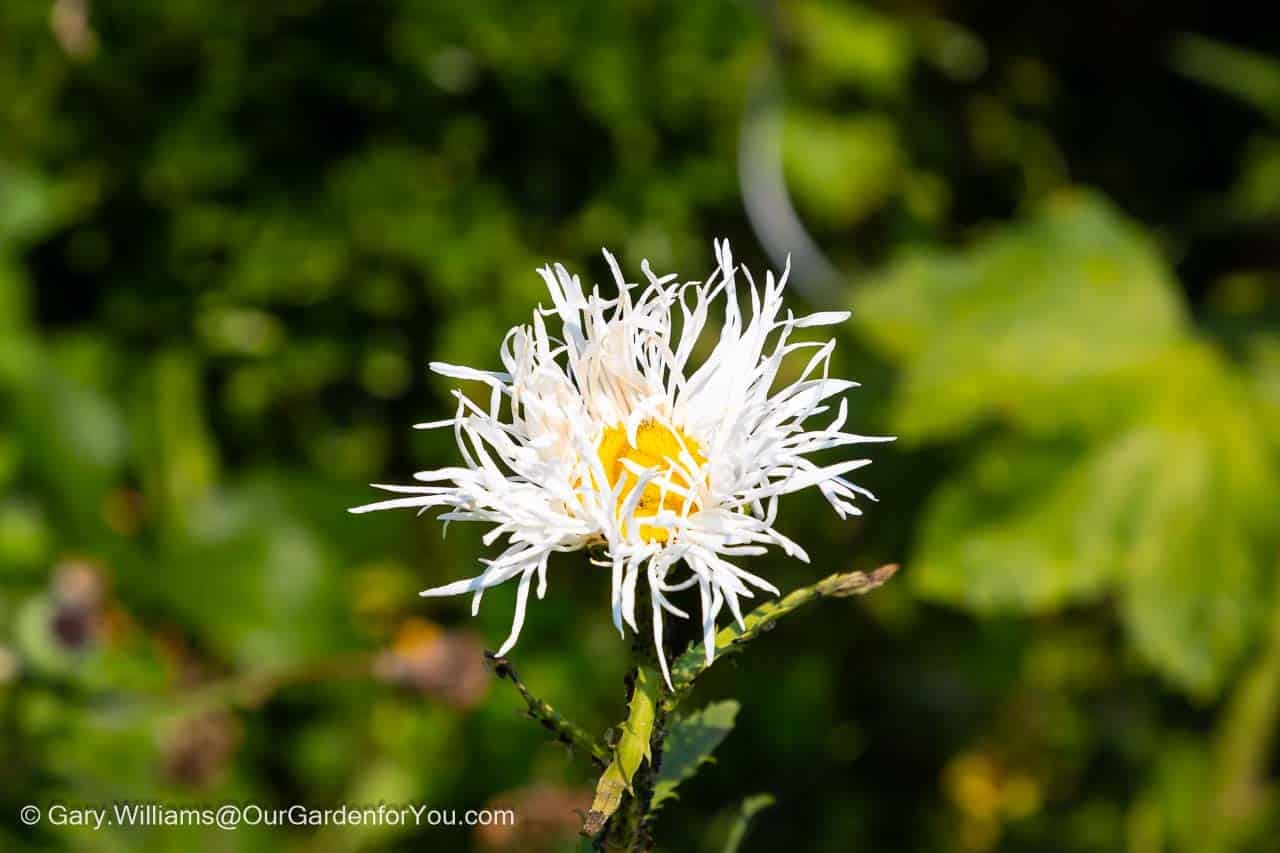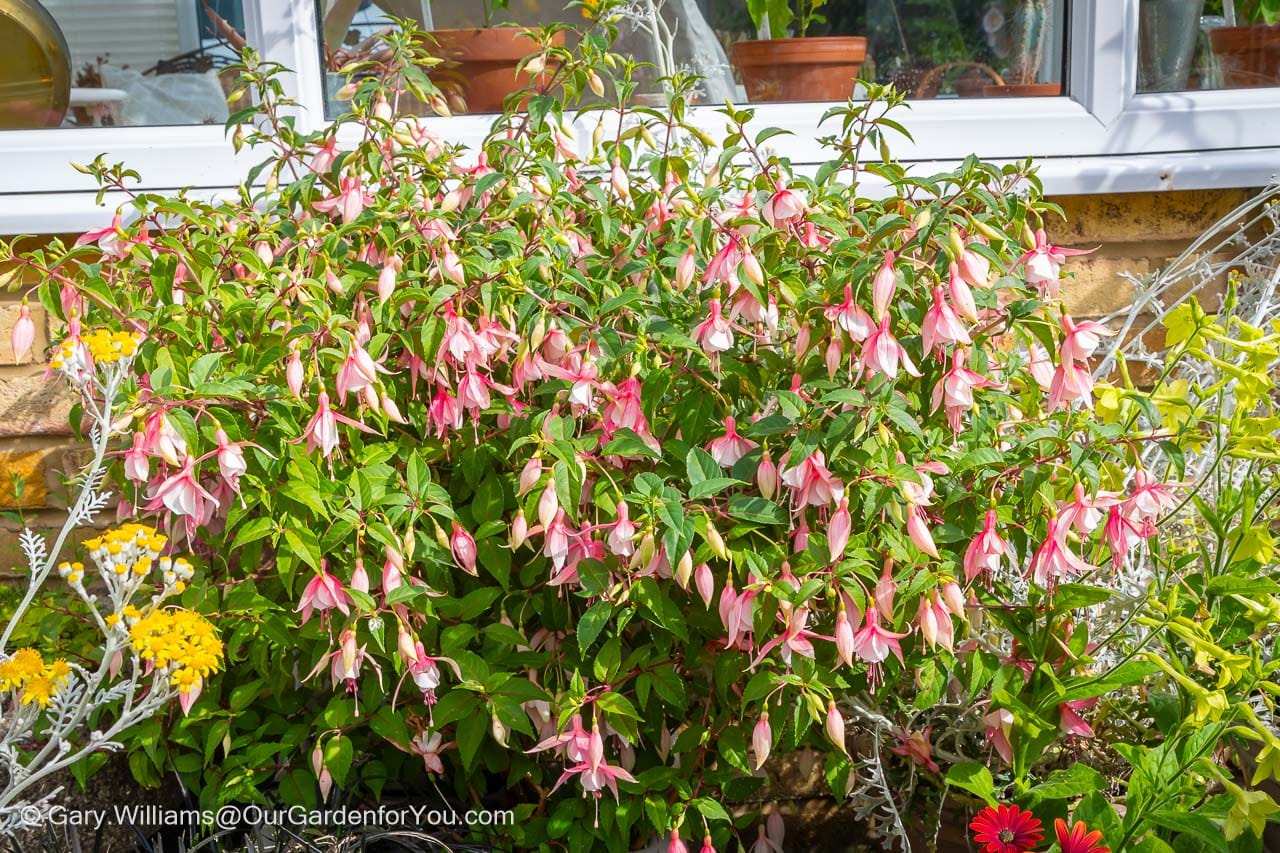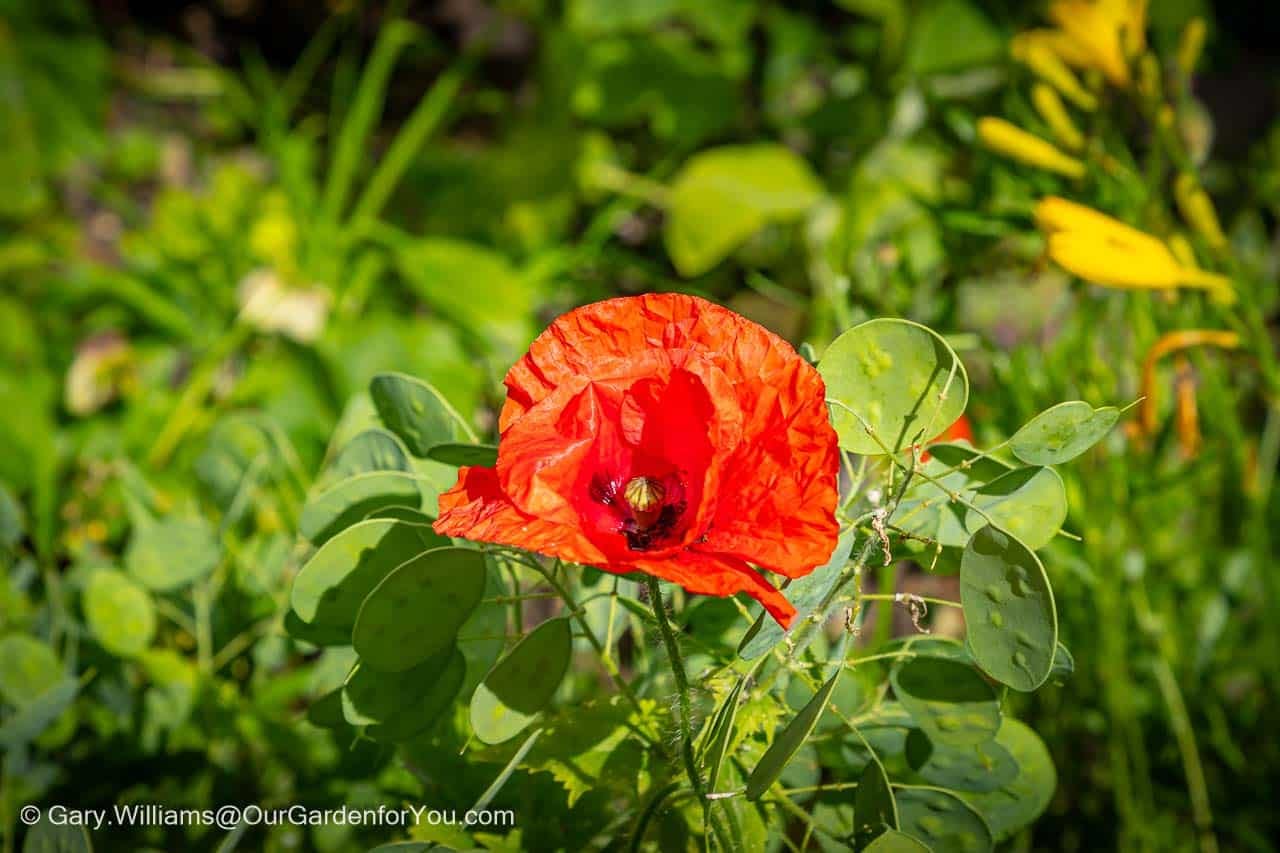Pruning, tidying, and planting
We’ve just returned from a trip to Spain, and arriving back home to the southeast of the UK, it certainly feels like autumn has arrived. Temperatures have noticeably dropped, and the leaves are beginning to change colour.
Although having said that, our wonderful Salvia ‘Hot Lips’ is still brightening up our garden and making us smile.
However, with autumn arriving, it is now time to start preparing our garden and patio for the months ahead. There’s always something to be done in your lovely garden; whether you have a traditional country garden with seasonal beds, a courtyard garden, or an allotment, the tasks seem to be endless.
I appreciate that everyone’s garden is different. We all have our list of jobs that need to be done within our own plots; however, here are a few tasks that we are undertaking this autumn.
Pinterest?
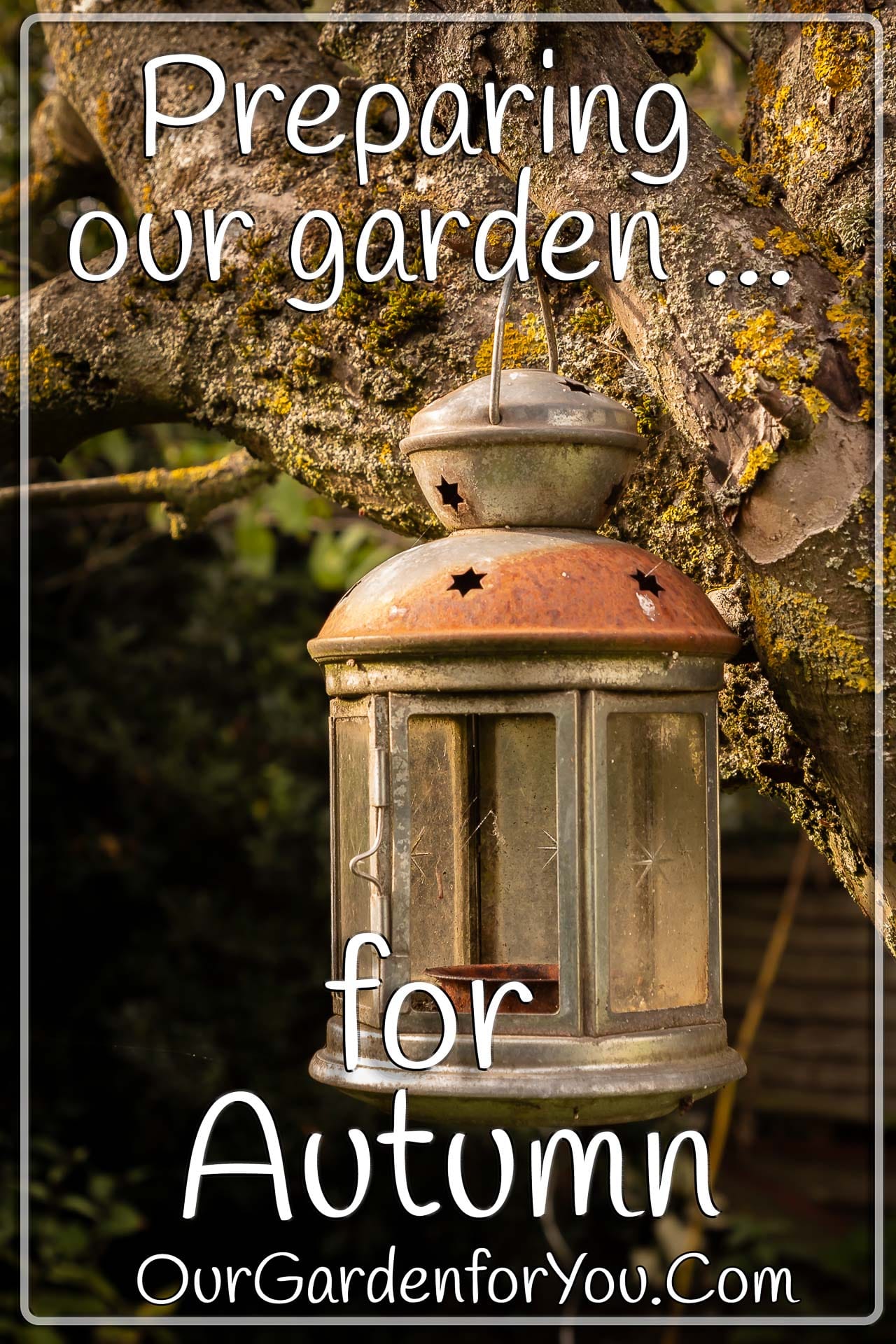
Pruning, snipping & thinning
Autumnal haircutsFirstly, if you have lavender in your garden that you wish to prune, I suggest you trim it as soon as possible if you haven’t done so already,
We have six Lavender Munstead in our little Provence border, and I want to keep them looking compact and bushy as much as I can.
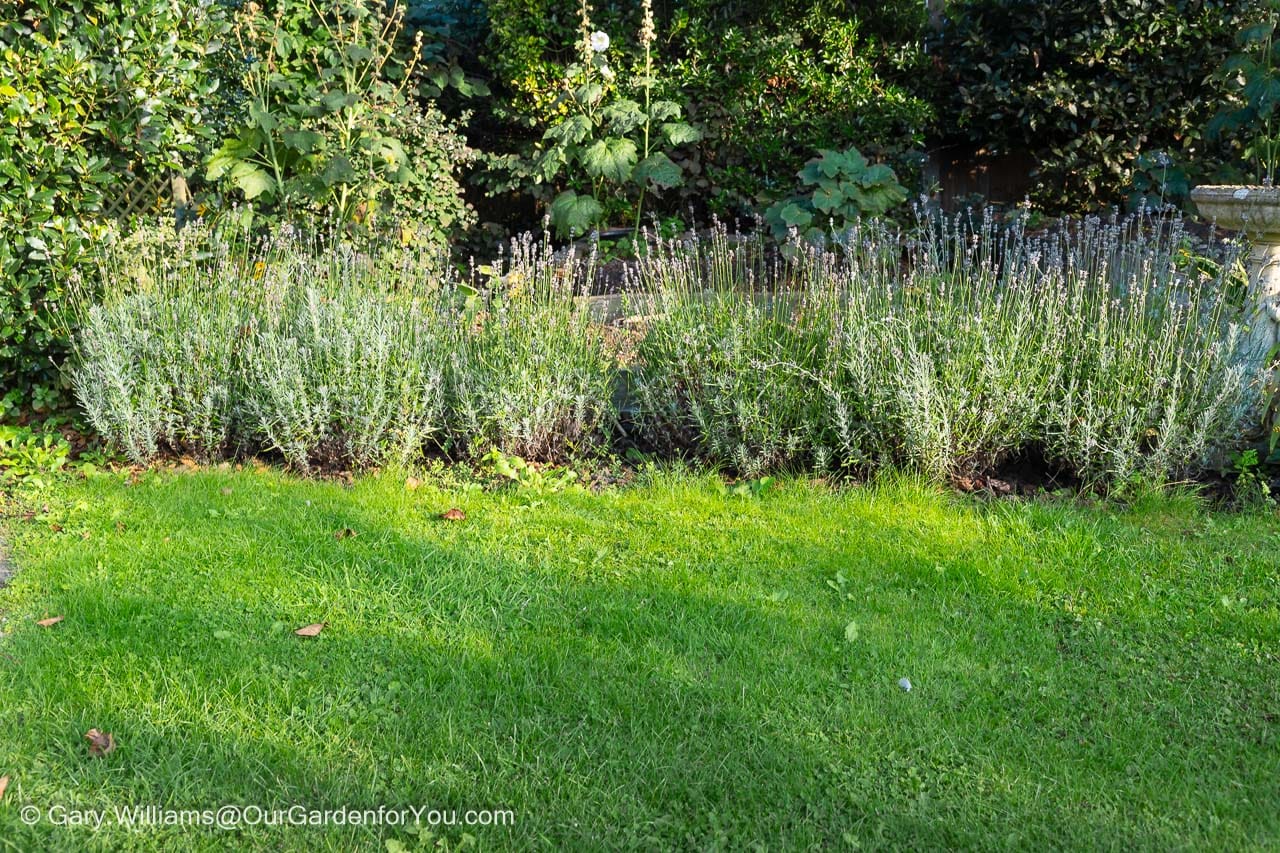
This is a relatively easy task to undertake. Remove the stalks that have flowered; the leaf stems should then be cut back so that there is around 1 inch of green growth above the woodier stems below, and shape as you wish.
Do not cut into the dead wood of your lavender, as your treasured plant may die; I’ve learnt from my mistakes.
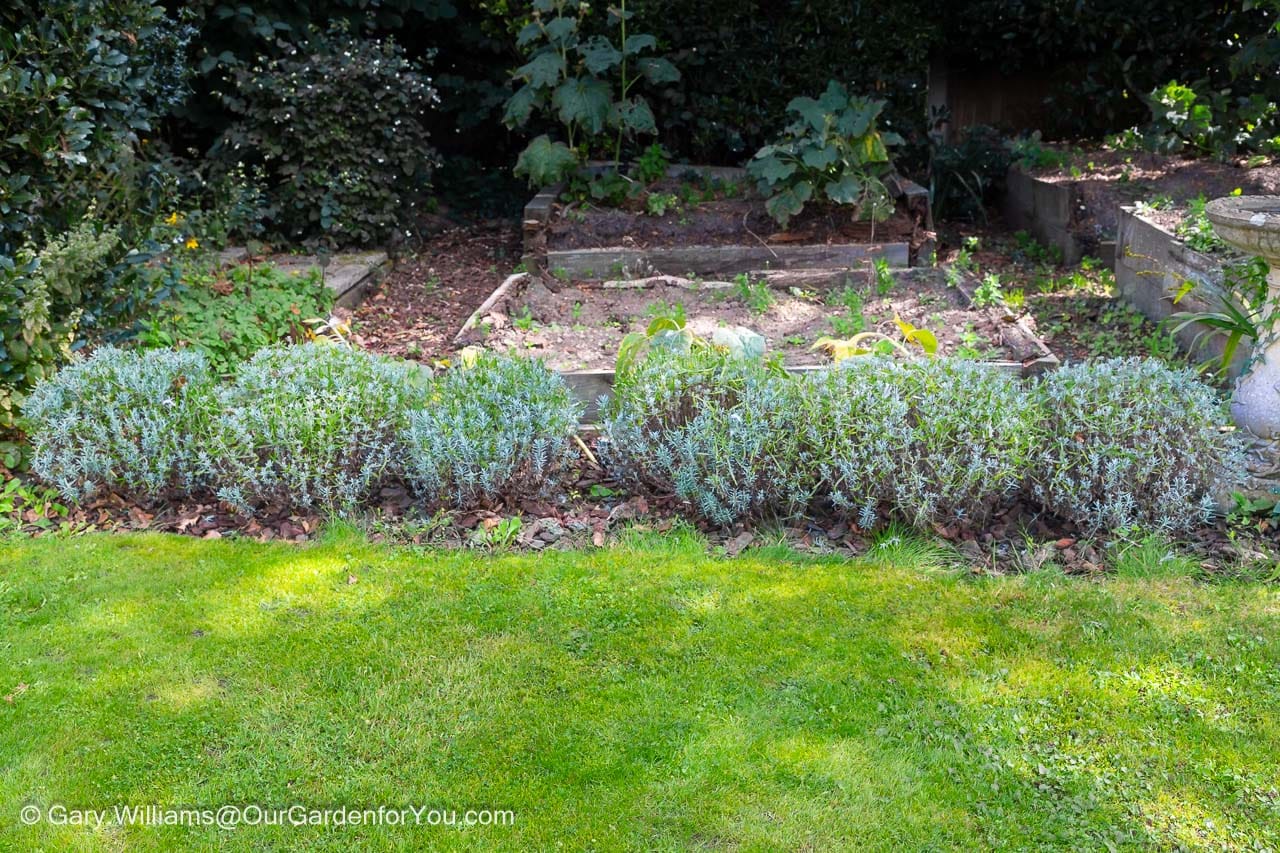
Keep an eye on your garden perennials, as once the flower heads and the foliage have died and turned brown, cut off the faded stems. Ensure you prune them just above any new shoots or buds. Here’s a little guide on the pruning groups.
Depending on where you live, the month of October is the ideal time to cover some of your delicate plants, especially tree ferns, with horticultural fleece. The cold weather is looming, and the threat of overnight frosts is on the horizon.
Collecting precious seeds
You’ll have free plants for next yearCollecting seeds from your beloved plants throughout the flowering season is a fantastic idea. It’s so rewarding when you sow them the following year, and the fruits of your labour are there to see.
It makes me smile when I spot their little heads poking through the compost; you’ve managed to keep the cycle going. And what makes it even more satisfying is that they are all free.

Another reason it’s a good idea to collect seeds is that your perennials may not return the following year, and you’re left with nothing.
We’ve had lots of Aquilegias in our garden for years, and suddenly, this season, hardly any reappeared. Luckily, I collected some seeds from Aquilegias last year, so hopefully, when I propagate them next year, I’ll see them all again.
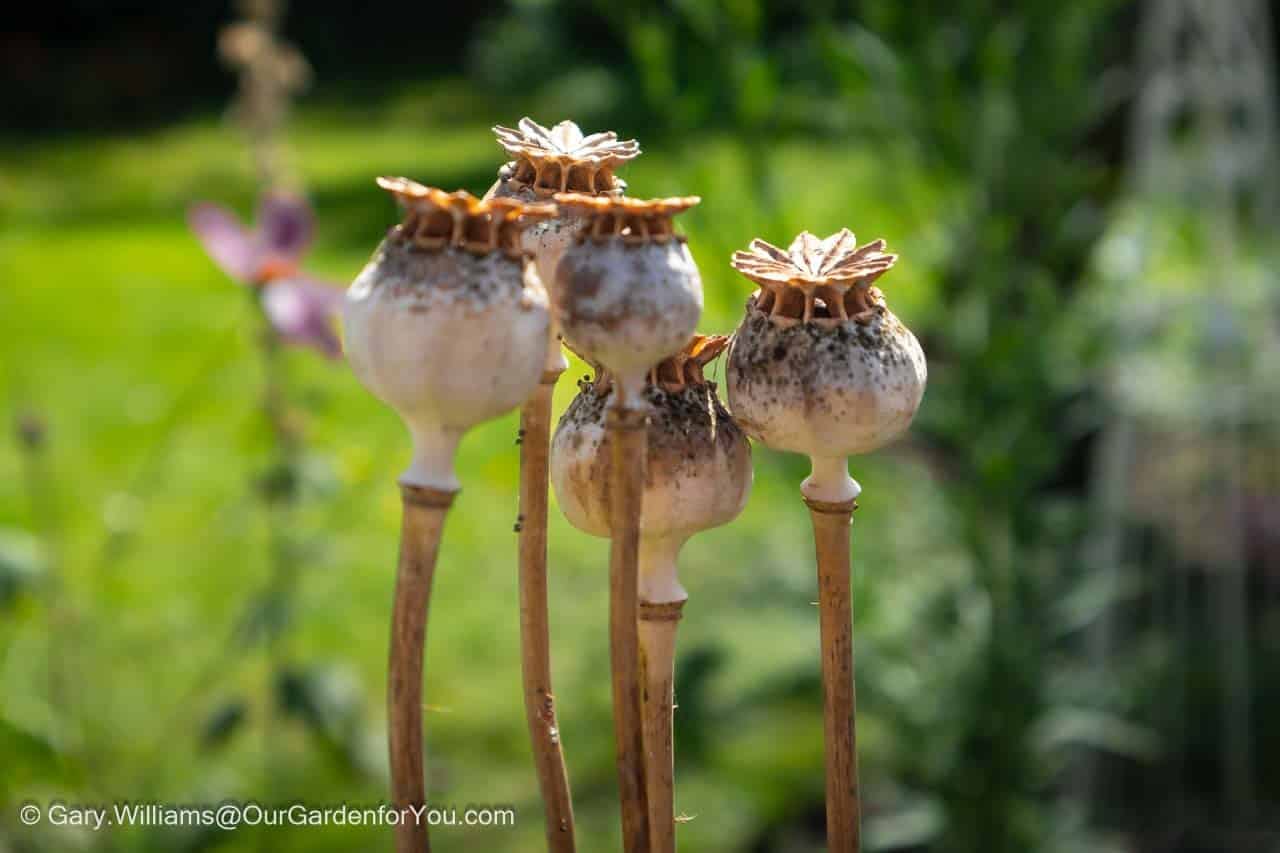
If you have any late flowering plants that have now gone to seed, it’s time to gather up the seeds, place them in paper envelopes, and store them in a dry place.
Oh yes, and don’t forget to label the envelopes; it’s also handy if you know the variety. However, if I’m unsure of the name, I make a little note of where they were in the garden.
Sheltering our softwood saplings
It’s time to take hardwood cuttingsLast year, I took some softwood cuttings from our Spiraea ‘Bridal Wreath’ and our Salvia ‘Hot Lips’, and incredibly, 9 out of the 10 cuttings were successful; I couldn’t believe it.
I hoped it wasn’t just beginners’ luck, so this year, I took some more softwood cuttings from my Erysimum ‘Bowels Mauve’, a Ribes and a few Fuchsias. My success rate was around 50/50, so not too bad.
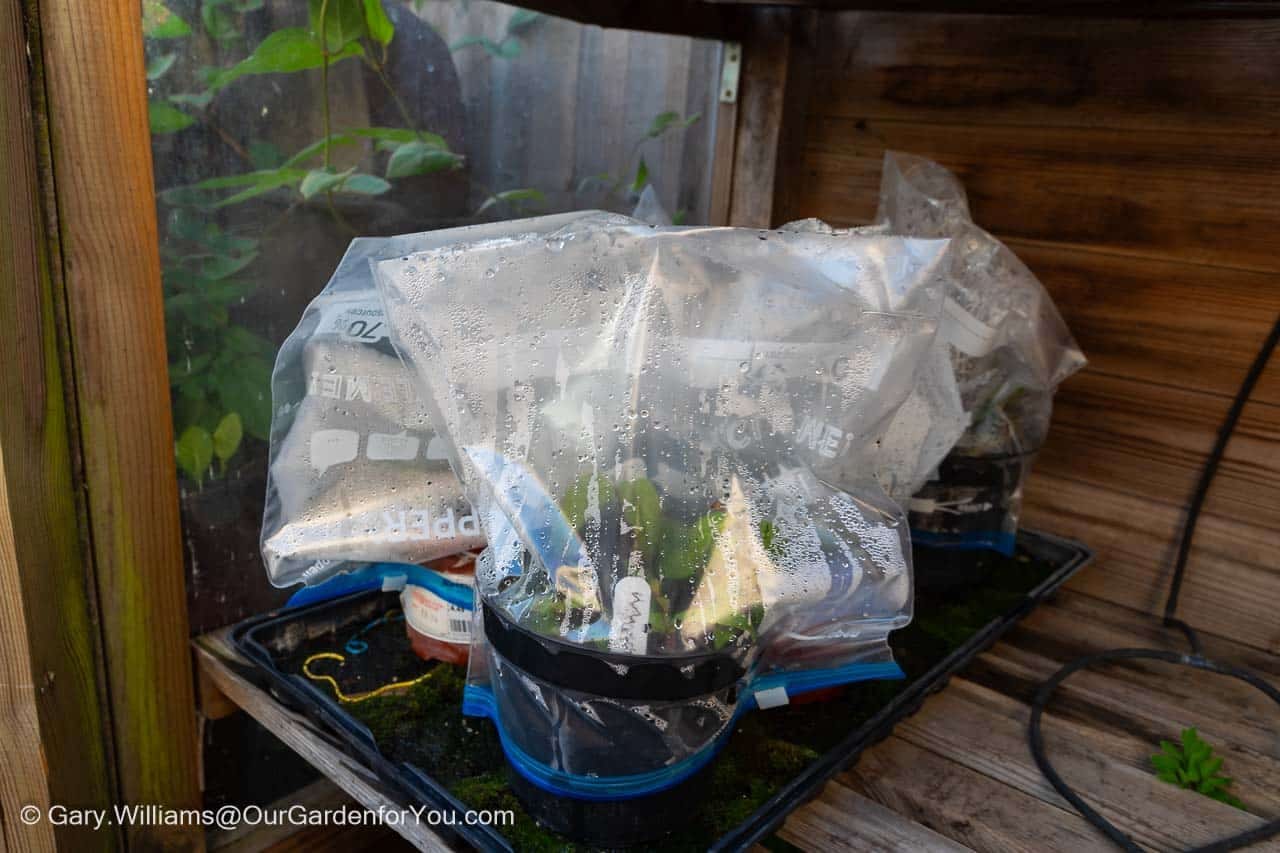
In August, I took some more cuttings from our Fuchsias, Salvia ‘Cherry Lips’ and Perovskia Blue Spire, and they are doing pretty well. I’ll pot them on separately to individual pots and keep them protected and watered over winter.
I’m not planning on taking any hardwood cuttings this year; however, now is an ideal time to do this, as the soil in the UK is still usually moist and warm.
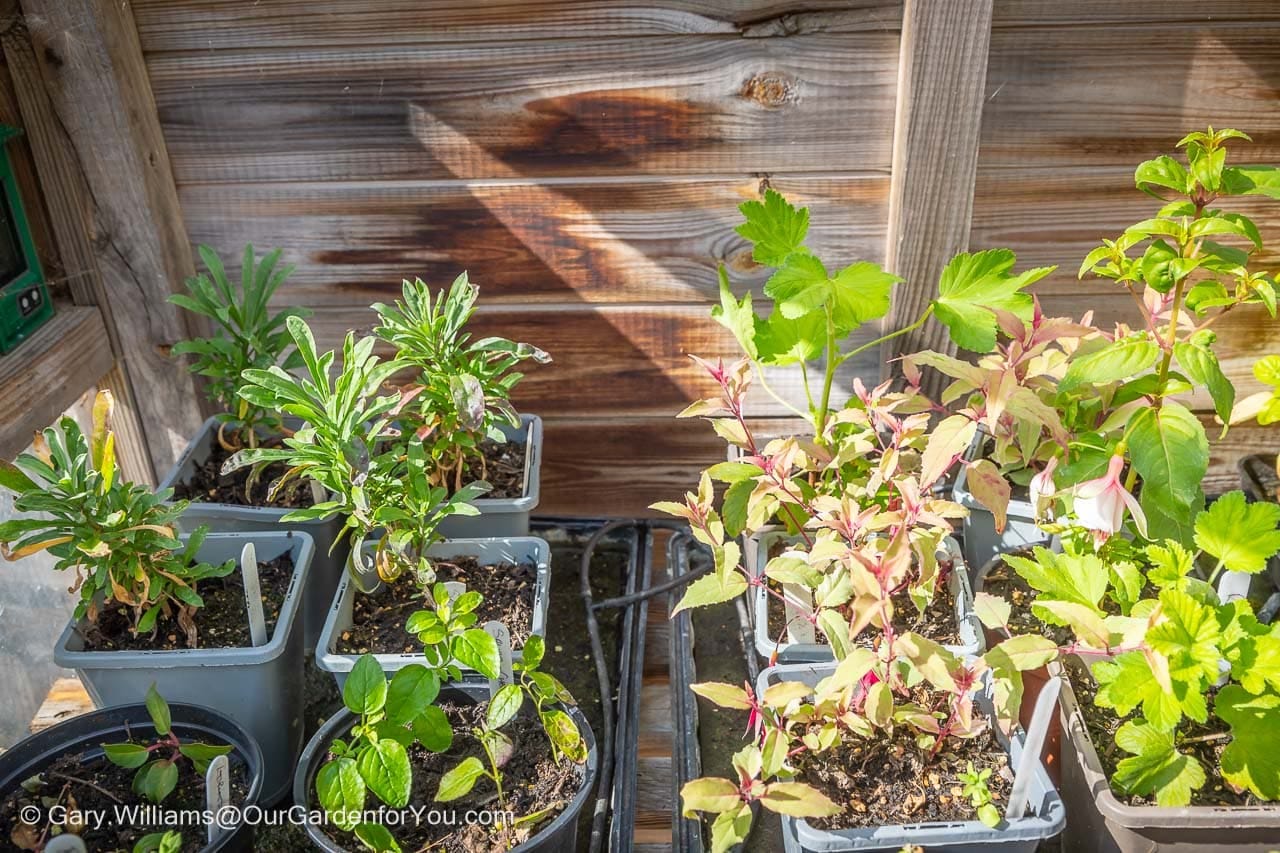
Purchasing bulbs for the spring
They’ll bring a smile to your faceOur country garden was missing springtime colour, so last year, I went overboard and purchased over 500 hundred bulbs. It seemed a good idea at the time; however, filling all my patio pots with bulbs and then planting them in the garden on my hands and knees didn’t seem quite as fun.
I tried the ‘Lasagne’ method when planting my spring bulbs in pots, and it worked a treat.
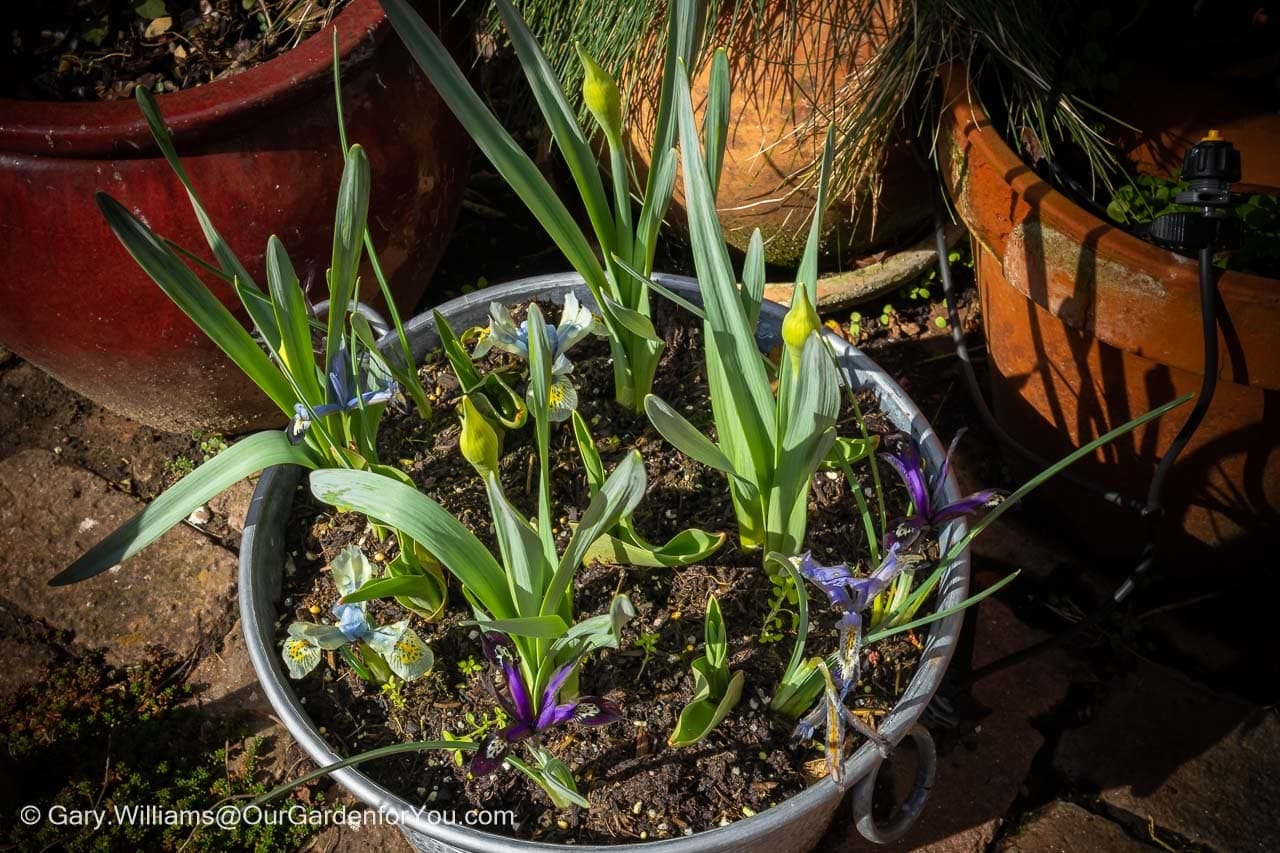
In hindsight, though, it was all worthwhile; we had a swathe of colour for months. The majority of the bulbs were a hit, and a few were a miss. For some reason, our snowdrops were nowhere to be seen.
We’ve decided we would like a few more bulbs this year, especially alliums; our selection looked stunning. However, I think we need extra to make a real visual impact.
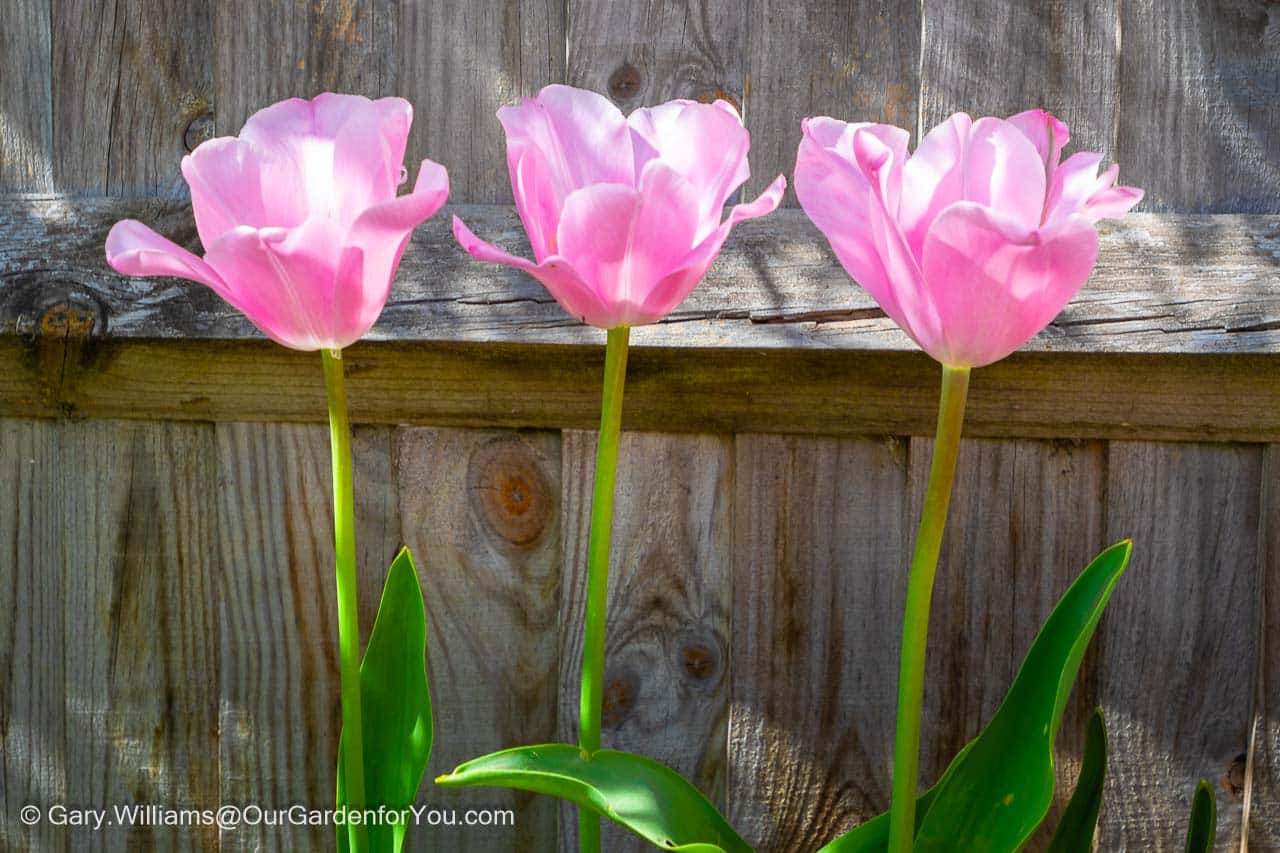
Refreshing your patio pots
Ready for a fresh splash of colourOnce your annual patio plants have come to the end of their flowering season, it’s time to remove them and clean up your pots. Our patio is relatively well protected, so some of our bedding plants are still in bloom, so I’m reluctant to remove them at the moment.
However, our tomato plants that we were growing in grow bags have now been removed and composted.
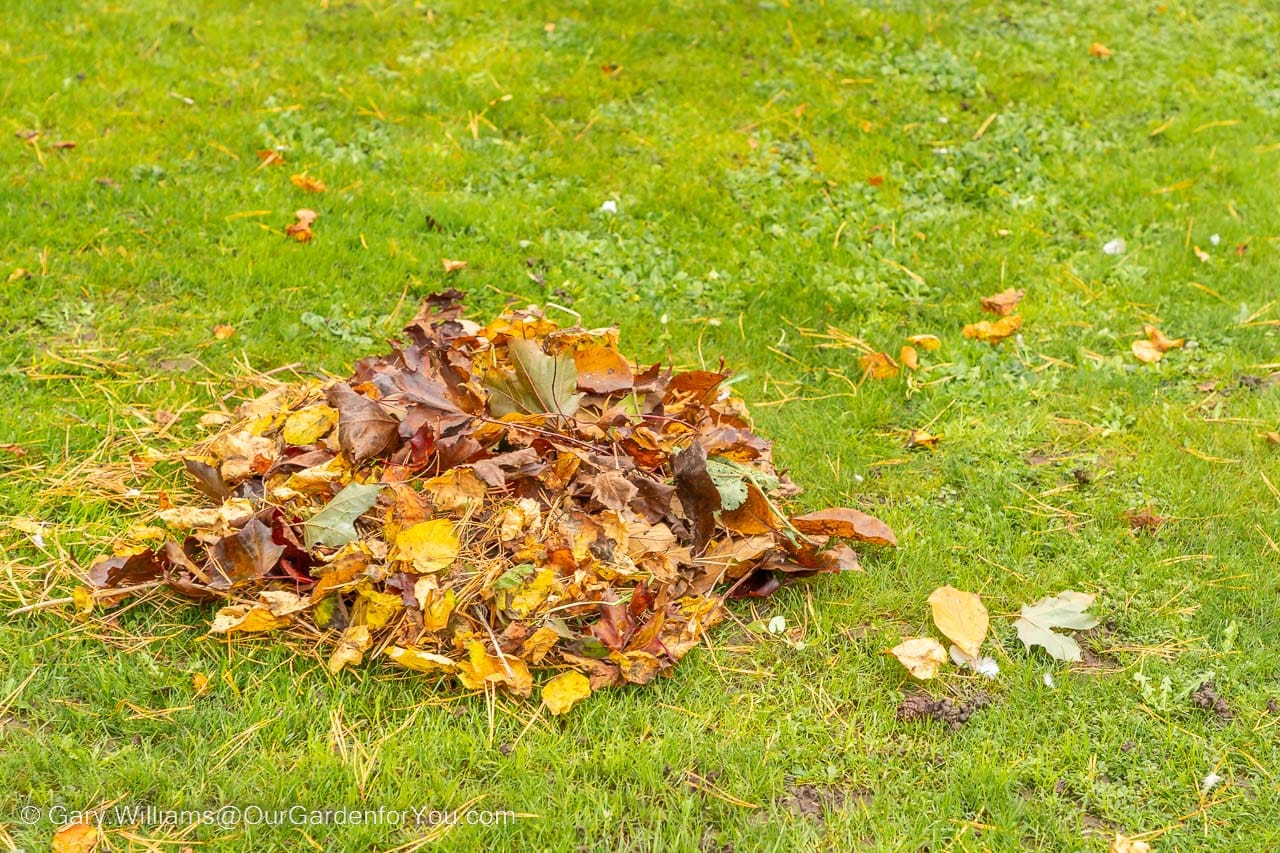
Earlier in the year, I mentioned that we installed a drip-feed irrigation system; this has been turned off now. However, it’s important that we disconnect it and remove the timer. Also, tidy up and manage the feeding lines in the pots.
The last ongoing task I will mention is cutting the lawn and raking up the fallen leaves.
A few more autumn tasks in the garden
It’s almost never-endingJust when you thought it was time to kick back, relax and have a flick through the latest issue of your Gardeners World magazine, here are a few more Autumn tasks for your garden.
- If you have room in your garden, build a log pile at the back of your borders or along a fence to ensure a place for wildlife to shelter.
- Clean out bird feeders.
- Disconnect your irrigation system.
- Plant up pots for winter colour.
- Place your delicate pots undercover to protect them from frost.
- You may wish to divide some of your plants which are no longer flowering. This can be done in either Autumn or Spring.
I’m sure there is a lot more to be done, but I think this will keep us going for the time being.
* This post may contain links to affiliated sites where we earn a small commission at no additional charge to you.
